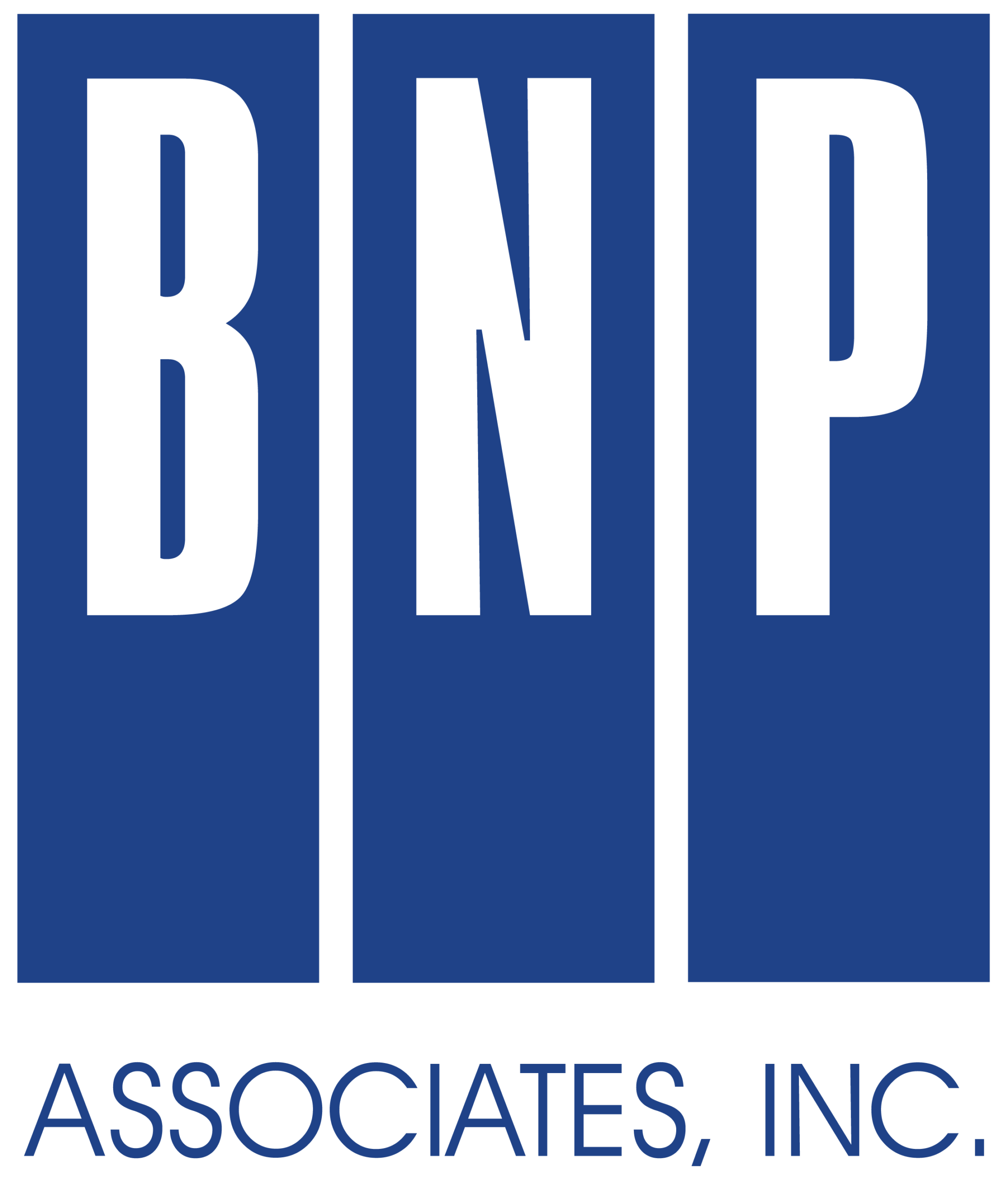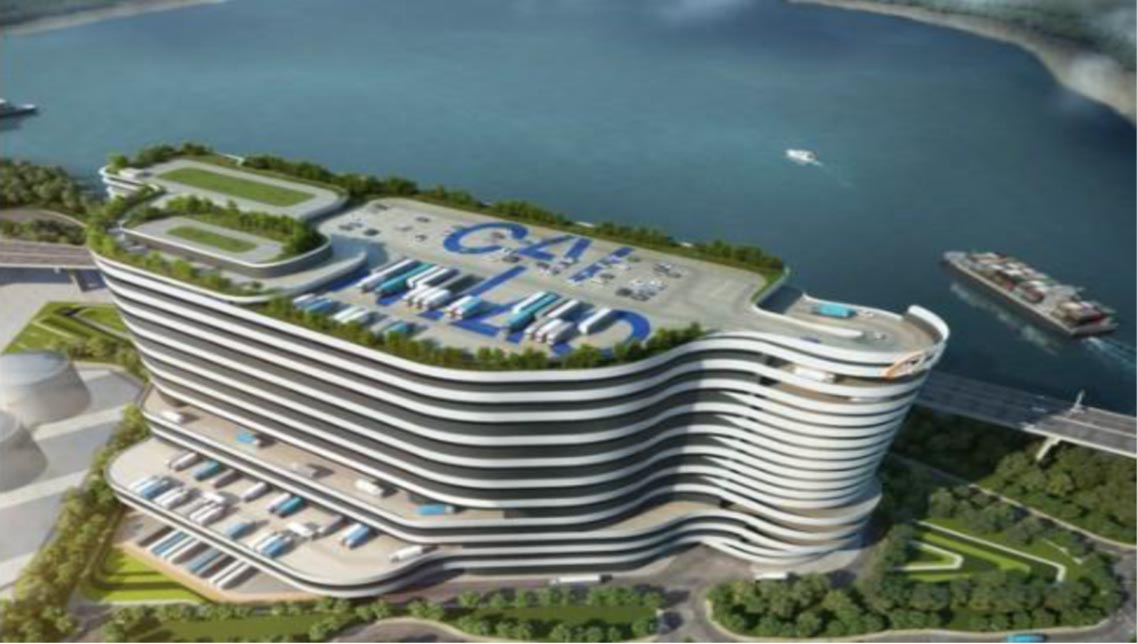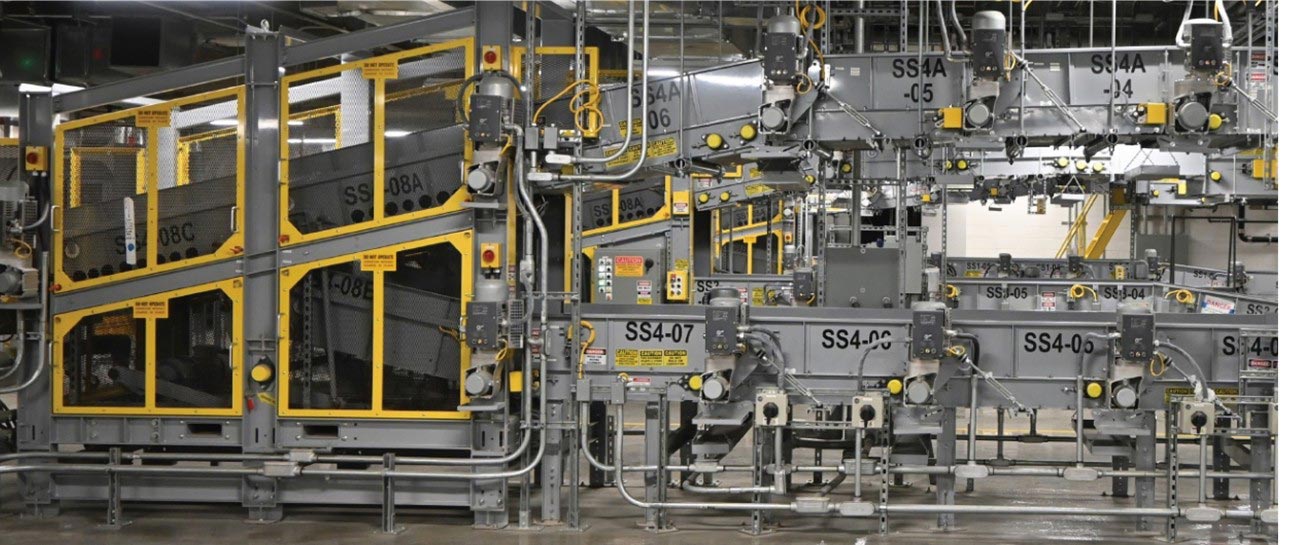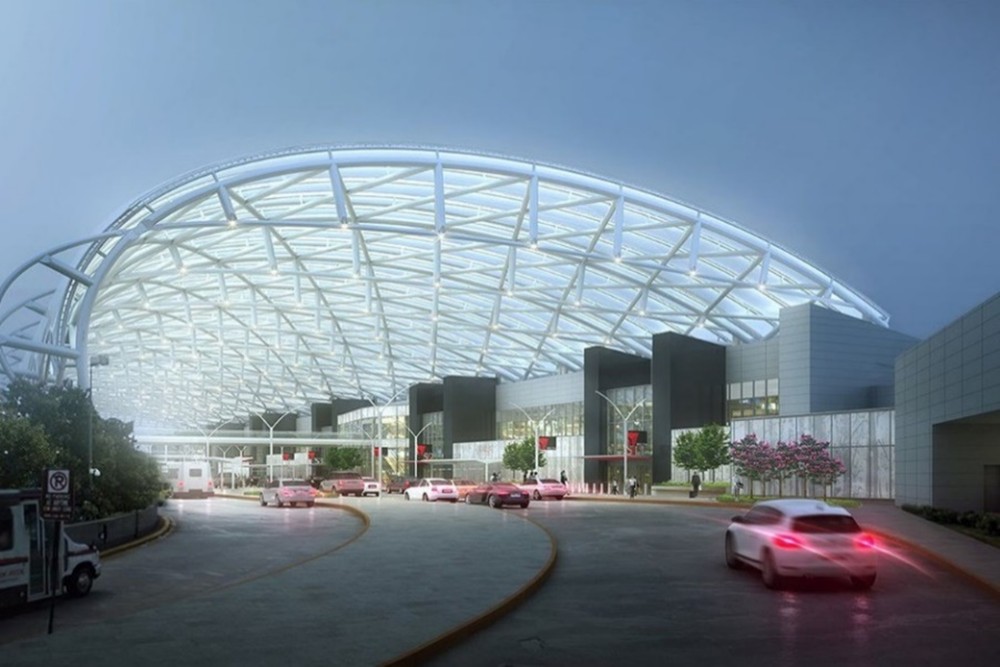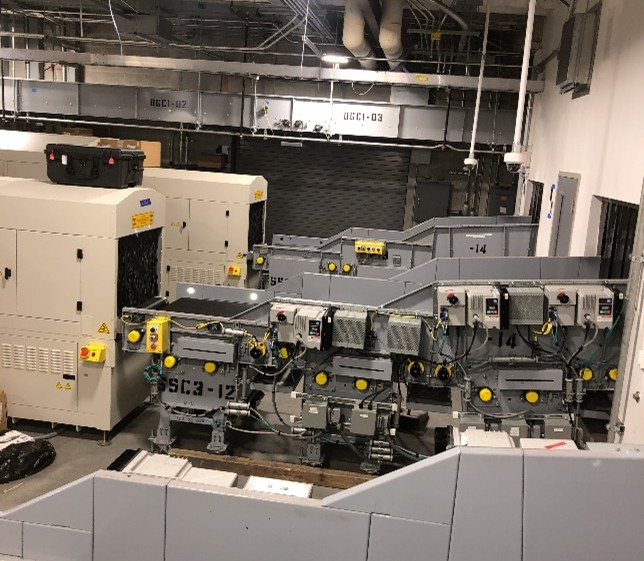Overview
In 2018, the Airport Authority Hong Kong awarded to Hong Kong Cingleot Investment Management Limited the right to develop and manage a premium logistics centre at Kwo Lo Wan in the South Cargo Precinct of Hong Kong International Airport. This center, called the Cingleot Premium Logistics Centre (CPLC), is part of Hong Kong’s broader economic plan, which sees logistics as one of the four key industries for the city’s future growth.
BNP is leading the logistics design for the facility, providing full detailed design and tender documents. For the Regional Distribution Center (RDC), BNP has developed a layout and operational concept, with final decisions on future operations still to come.
Strategic Focus
The new premium logistics center forms a key part of the strategy for ongoing development of the cargo operation at HKG, with a focus on luxury and high-value goods such as electronics and aviation parts.
Design Challenges and Solutions
The design faced several challenges due to the irregular shape of the site, with parts of the building having triangular floor layouts. To make the most of the available space and ensure efficient material flow, various layout options were explored. The cargo center was especially complex because of the large material handling system components required. A rectangular central core was created for the main cargo operations, while the more irregular areas were used for flexible functions.
Another challenge was finding suitable space for the bulk goods store, an essential part of the cargo operation, as the available areas were limited and oddly shaped. Instead of using traditional Automated Storage and Retrieval System (AS/RS) cranes or lift-and-run systems, the team considered newer automated guided vehicle (AGV) technology. A performance study showed that AGV versions of Very Narrow Aisle (VNA) turret trucks could effectively meet storage needs while overcoming the limitations of standard AS/RS systems.
AGV VNA Benefits
The significant benefits of the AGV VNA turret trucks over conventional AS/RS equipment for this application are as follows:
- A single machine can operate per aisle while still achieving good system resilience, as VNA turret trucks can be easily removed and replaced with another machine with minimal downtime.
- They can most effectively use the relatively limited headroom of the multi-level warehouse. The VNA turret truck can lift from floor level, optimizing the use of the available vertical height.
- Very short installation time due to the machines being factory-built equipment with minimal and relatively small, fixed infrastructure.
- Maintenance can be carried out offline, allowing routine and annual maintenance with only minor impact on the cargo warehouse operation.
- VNA turret trucks can be easily phased in, allowing for reduced early capital investment and expansion as cargo volumes increase, with multiple suppliers offering proven products in this market.
With careful selection of the building blocks of the facility and attention to providing appropriate spaces for the main parts of the cargo operation (such as ULD build-up and ULD transport) the design will help Hong Kong meet their logistics goals.
PROJECT DETAILS
Facility Scale
The land area for the development is 5.3 hectares, and the completed building will have a gross floor area of 4,100,000 square feet over 12 levels.
Facility Configuration
The CPLC consists of two interconnected sub-facilities. The lower levels of the building provide for a freight forwarding operation with security screening, bulk goods storage, ULD build-up, ULD storage, and ULD transport interfaces. The upper floors provide order fulfilment, packing, and sorting to support the regional distribution center (RDC) for the high-value goods.
Operational Capacity
The cargo center receives goods from both the RDC and from other order fulfilment centers in the Hong Kong /Guangdong region. The RDC supports distribution by air to major cities and other countries in the region, and by road to the Hong Kong and Guangdong area. The cargo center provides 1.5 million tons per annum of cargo handling capacity, while the RDC provides order fulfilment capacity for 100,000 orders per day and sorting capacity of 30,000 items per hour.
